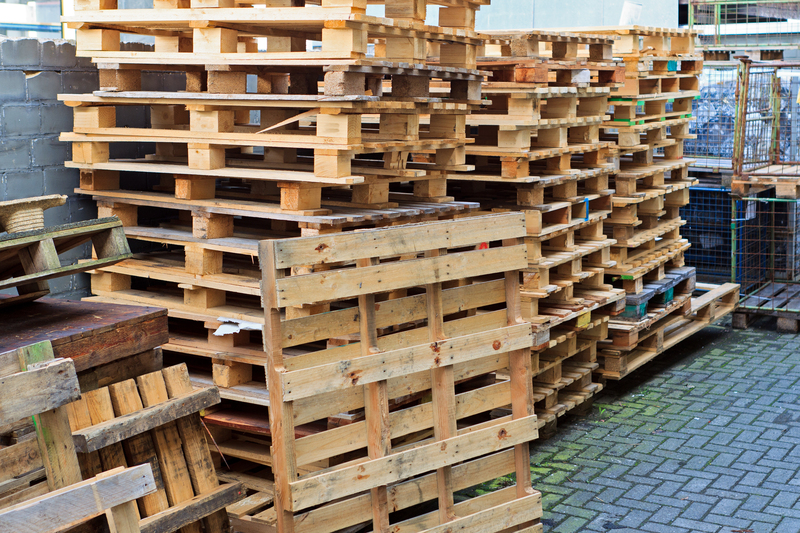Introduction to Microplastic Pollution
Microplastic pollution has emerged as one of the critical environmental challenges of the 21st century. These tiny plastic fragments, often smaller than 5mm, find their way into oceans, rivers, and even our food supply. The rise in awareness about microplastics has prompted a global inquiry: Can we make a difference?

Understanding Microplastics
What are Microplastics?
Microplastics are small plastic pieces less than five millimeters long which can be harmful to our ocean and aquatic life. They are often the result of larger plastic debris breaking down into smaller pieces, although some are intentionally designed this way for use in various products like cosmetics or industrial abrasives.
Sources of Microplastic Pollution
Microplastic pollution stems from various sources, including:
- Industrial Processes: Many industries utilize microplastics in manufacturing processes.
- Cosmetics: Products such as facial scrubs and toothpaste often contain microbeads.
- Wear and Tear: Synthetic clothing and tires shed microplastics through regular use.
- Plastic Waste: Larger plastic items degrade over time, creating microplastic particles.
The Impact of Microplastic Pollution
Environmental Impact
The impact of microplastics on the environment is profound. These particles are ingested by aquatic life, which can lead to serious health issues for marine animals and birds. The contamination isn't limited to marine life; it extends to terrestrial ecosystems and disrupts the broader ecological balance.
Health Implications for Humans
Microplastics can enter the human body through the food chain, as we consume contaminated seafood and other products. Although research is ongoing, initial studies suggest potential health risks including hormonal disruptions and other long-term health effects.
Mitigation Strategies: Can We Make a Difference?
Government and Policy Interventions
Countries around the world are beginning to recognize the threat posed by microplastics and are implementing measures to reduce pollution:
- Legislation banning microbeads in cosmetics and cleaning products.
- Regulations requiring eco-friendly alternatives to plastics in manufacturing.
- Policies encouraging recycling and the responsible disposal of plastic waste.
Corporate Responsibility and Innovation
Businesses have a crucial role in addressing microplastic pollution:
- Redesigning products to eliminate microplastics.
- Investing in research and development for biodegradable alternatives.
- Implementing robust waste management systems.
Community Action and Personal Responsibility
Individuals can also contribute to reducing microplastic pollution through:
- Reducing use of single-use plastics and opting for reusable options.
- Supporting brands and products that prioritize sustainability.
- Engaging in community clean-up efforts to remove plastics from local environments.
Technological Innovations in Clean-Up and Prevention
Recent technological advancements offer new solutions for tackling microplastic pollution:
- Innovative filtration systems designed to capture microplastics in water bodies.
- Research into bioremediation techniques using microbes to break down plastics.
- Development of smart materials that prevent microplastic formation.

Conclusion: A Collective Effort
In conclusion, addressing microplastic pollution demands a multi-faceted approach, combining policy, innovation, and personal action. While it is a significant challenge, the combined efforts of governments, corporations, communities, and individuals can indeed make a substantial difference. The path to a cleaner, microplastic-free world is complex, but achievable with commitment and cooperation.
Your Role in Combatting Microplastic Pollution
As we become more aware of the magnitude of microplastic pollution, it's crucial to ask yourself: What can I do today to contribute to this global cause? Whether it's as simple as choosing eco-friendly products or participating in local clean-up events, every small action counts in the fight against plastic pollution.